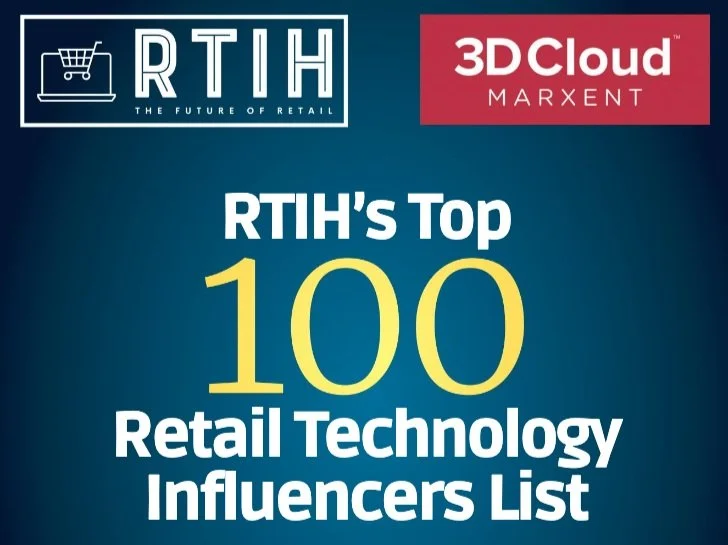When you look at the fashion and tech industries, both continue to be a breeding ground for innovation. In both worlds, change is constant, and today it’s hard to ignore how technology is transforming the apparel retail space. Shoppers have shifted from browsing racks in clothing stores to browsing AI-powered recommendation engines in e-commerce sites to find their next outfit, forcing traditional apparel retailers to rethink their business strategies and adapt next-level technologies to create differentiated shopping experiences in-store.
The Facts And Myths Of The Retail Apocalypse That Isn't Approaching
Are brick and mortars failing because they can’t compete against online merchants, or is it that they can’t adapt to the needs of evolved shoppers? The long, loud boom of e-commerce continues to rattle brick and mortar sales, but it’s not likely to ultimately kill retail.
Consumers are still predominantly shopping in stores, where, according to Bloomberg Intelligence analysts, 90 percent of U.S. retail sales take place. The real threat is that online merchants want to win over the physical shopping masses, too. That’s why Amazon purchased Whole Foods supermarkets, installs gadget kiosks in malls and is building a chain of bookstores and university outposts and experimenting with convenience stores. Debunking the myths of the retail apocalypse can help explain just where the state of retail lies today.
Reinventing Retail - The Struggle Between The Store Of The Future And The Reality Of Now
What's Holding Us Back From Making Our 'Voice First' Sci-Fi Fantasy A Reality
Amazon’s Alexa was the breakout hit that took consumers and analysts by surprise in 2016, with over 20 million devices sold in the U.S. alone. Both Apple and Google have invested significant research and development into voice assistant technology embedded in the mobile operating system. Language is the fastest and most natural way for humans to provide input, and natural language processing has become sophisticated enough to understand most of what we say.
In fact, some product strategists are suggesting new products be designed with voice in mind first, a repackaging of the “mobile first” revolution. As a startup founder, CTO and a lead mentor at New York City’s largest accelerator program, I spend much of my time educating myself on transformative technologies. Voice has one of the greatest potentials for massive disruption and opportunity.
So, why aren’t we talking to more apps?
The 4 Key Principles of Modern Product Design
Great products today are defined by great design, especially in the age of social media, where what consumers say about you matters as much as your direct marketing plan.
Having led multiple product teams, advised numerous startups and most recently served as the CTO of an online marketing solution for small- and medium-sized businesses, I’ve seen firsthand how design has evolved. In the age of mobile, social and data, here are four key principles to keep in mind as you approach the design process.
How Facebook Could Dominate Local Commerce And Advertising
As president and co-founder of an online marketing platform, I’ve seen tremendous shifts around local commerce the past few years. Local news and print marketing have been upended by online equivalents that offer more personalized discovery, powered by social feedback. Local businesses already know that the lion’s share of their marketing should be online, and that’s how they’re earning customers’ loyalty today.
Best Advice I Ever Got - Trevor Sumner
Some high level advice I gave through a published article on Inc.
- It's about people
- Act like owner. Be a founder.
- Be smart with your money.
Of course the interesting bits are in the details. Read them here on Inc.
Native Advertising Isn't a Dirty Word , Even on the New York Times
As the publisher of the largest local business newswire, I know there is a great and growing demand from organizations, businesses and community leaders seeking to push their messages out to a largest possible audience. Why not? 78% of CMOs think that custom content is the future of marketing.











